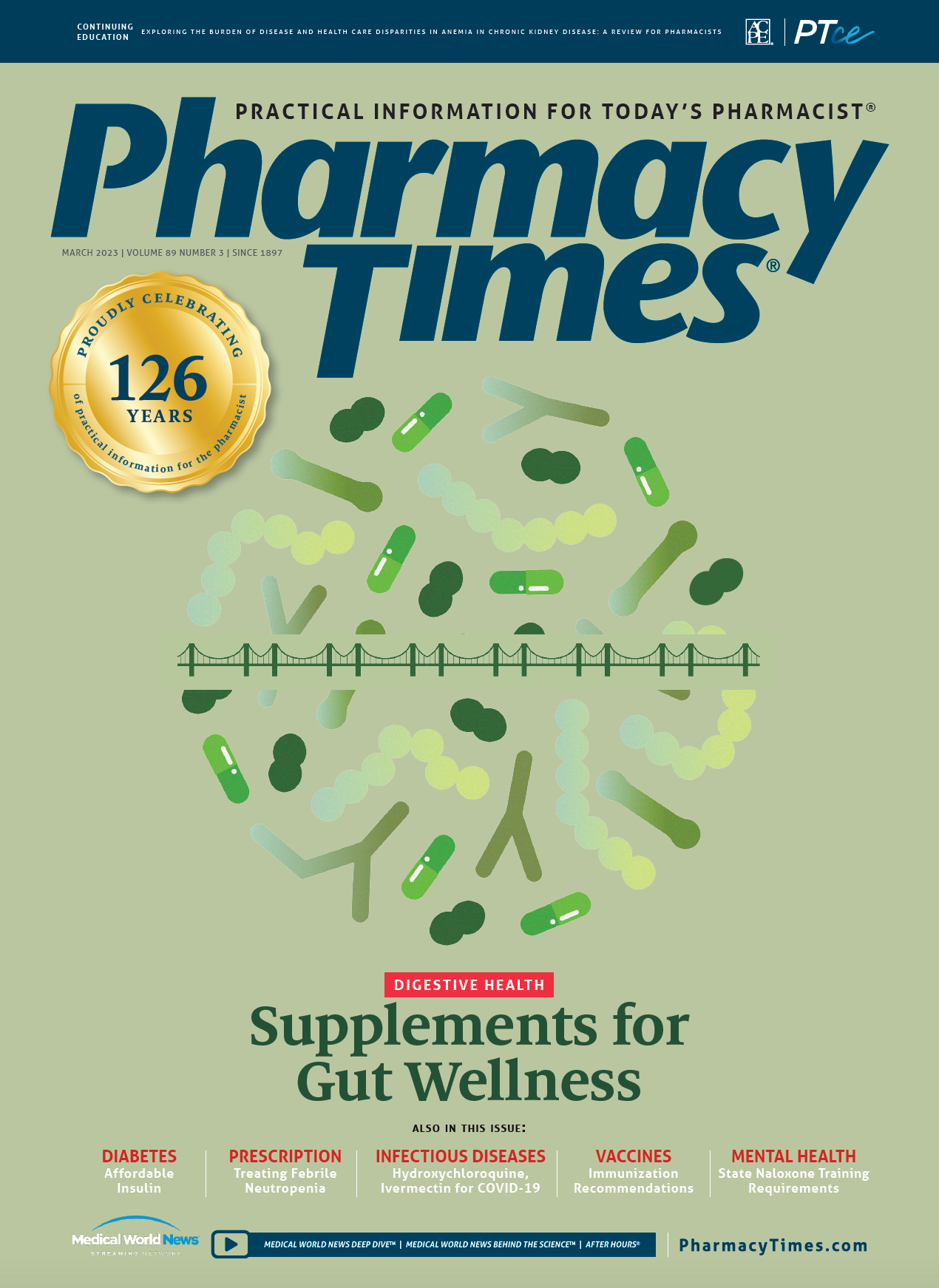Publication
Article
Pharmacy Times
COVID-19 Public Health Emergency Declarations Near End
Author(s):
Imminent March, April expiration dates indicate changes are on the horizon for pharmacy services.
In January 2020, the Trump administration declared a national COVID-19 emergency and a public health emergency (PHE), which were set to expire March 1 and April 11, 2023, respectively.1
On January 29, 2023, the Office of Management and Budget (OMB) announced it will extend the emergency declarations to May 11, 2023, and end both declarations on the same date.1
OMB intends to provide the additional time for the emergency orders to lapse to give health systems and medical providers time to prepare for the changes. Under the PHE, special rules were enacted, including the requirement that private insurers cover coronavirus testing and services without cost-sharing and prior authorization. Medicare beneficiaries also received benefits for free, at-home COVID-19 tests and treatments without cost sharing. Vaccines will continue to be covered for those with insurance but will be more costly for uninsured Americans. Some individuals may also have to pay out of pocket for certain COVID-19 treatments, such as nirmatrelvir/ritonavir (Paxlovid). Hospitals will no longer receive higher Medicare payment rates for treating patients with COVID-19 and other flexibilities. The Title 42 border policy will also end, which otherwise allowed border officials to ignore asylum claims and expel foreign nationals for the sake of protecting public health.1
Although key PHE-linked flexibilities, such as telehealth and hospital-at-home, are extended until 2024 through the Consolidated Appropriations Act, 2023, changes will be forthcoming regarding reimbursement of vaccines and COVID-19 therapeutics.2 Importantly, not all COVID-19 related authorities are linked to the end of the PHE. For example, the Public Readiness and Emergency Preparedness Act provides for pharmacist vaccination, testing, and treatment authorities. It expires October 1, 2024, unless it is extended.3 Pharmacy stakeholders will see 5 changes resulting from the end of the PHE. These are as follows:
- The Centers for Medicare & Medicaid Services paid $40 per dose for administering COVID-19 vaccines in outpatient settings.4 Effective January 1, 2024, the payment rate will align with that for administering other Part B vaccines. Group and individual health plans covering COVID-19 vaccines without cost-sharing or medical management will no longer be required to do so. Out-of-network providers will also be affected. Free vaccines will cease.
- During the PHE, clinicians registered with the Drug Enforcement Administration (DEA) have been able to prescribe Schedule II-V controlled substances to patients they have not seen in person but with whom they have done a telehealth visit.5 This will expire either May 11, 2023, or on an earlier date the DEA specifies.5 Typically, a prescription for a controlled substance issued via the internet or telehealth must be predicated on an in-person medical evaluation. However, the Controlled Substances Act contains certain exceptions to this requirement, such as when the secretary of the US Department of Health and Human Services has declared a public health emergency. It follows that when the PHE ends, so does the exception.
- Enhanced Medicare payments for certain inpatient cases involving new products authorized to treat COVID-19, such as Paxlovid, will end December 31, 2023.6 Further, when the PHE concludes, payments for biologics and drugs used for COVID-19 treatment will not be separately billed. They will be included in a comprehensive Ambulatory Payment Classification. The enhanced reimbursement rate of $75 for at-home administration of the COVID-19 vaccine will continue through December 31, 2023.6
- The requirement that group and individual health plans cover COVID-19 testing and related services without cost-sharing or medical management, even if provided by an out-of-network provider, also concludes May 11, 2023. Of course, private payers and states can continue to cover pharmacist-provided services after the PHE ends, but the federal government will no longer maintain this requirement.6
- Up to 8 tests are covered under Medicare or group and individual health plan coverage with no cost-sharing. This policy will conclude May 11, 2023.6
The dismantling of the COVID-19 supplemental benefits and accommodations will continue to evolve. Additional changes may occur from time to time, depending on the withdrawal of various enactments intended to deal with the pandemic. For many of the pharmacist initiatives that came into existence during this time, states should prepare their own new laws and regulations to continue to maintain the important contributions the emergency provisions entitled pharmacists to undertake. Pharmacists have demonstrated a central role during the pandemic and they should continue to be allowed to make these demonstrated contributions in a postpandemic world.
References
1. Statement of administration policy. Office of Management and Budget. January 30, 2023. Accessed February 15, 2023. https://www.whitehouse.gov/wp-content/uploads/2023/01/SAP-H.R.-382-H.J.-Res.-7.pdf
2. Public health emergency to end May 11. News release. American Hospital Association. February 7, 2023. Accessed February 15, 2023. https://www.aha.org/special-bulletin/2023-02-07-public-health-emergency-end-may-11
3. PREP Act guidance. US Department of Health and Human Services. Updated March 12, 2021. Accessed February 15, 2023. https://www.phe.gov/Preparedness/legal/prepact/Pages/PREP-Act-Guidance.aspx
4. Medicare COVID-19 shot payment. Centers for Medicare & Medicaid Services. Updated December 23, 2022. Accessed February 15, 2023. https://www.cms.gov/medicare/covid-19/medicare-covid-19-vaccine-shot-payment
5. Prescribing controlled substances via telehealth. US Department of Health and Human Services. January 28, 2021. Accessed February 15, 2023. https://telehealth.hhs.gov/providers/policy-changes-during-the-covid-19-public-health-emergency/prescribing-controlled-substances-via-telehealth/
6. What does the end of the public health emergency mean for pharmacy? American Society of Health-System Pharmacists. January 26, 2023. Accessed February 27, 2023. https://www.ashp.org/News/2023/01/26/what-does-the-end-of-the-public-health-emergency-mean-for-pharmacy?loginreturnUrl=SSOCheckOnly© artinspiring / Adobe Stock
About the Author
Ned Milenkovich, PharmD, JD, is chair of the health care practice at Much in Chicago, Illinois.






